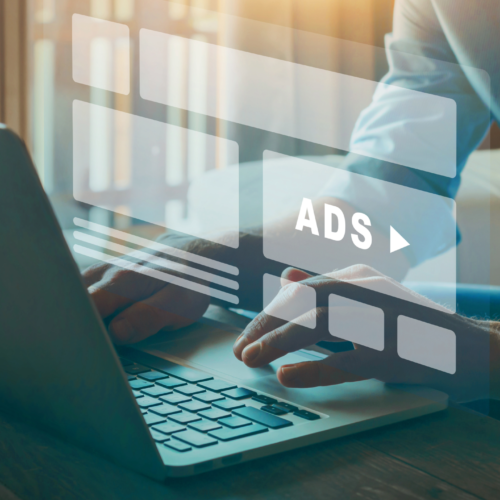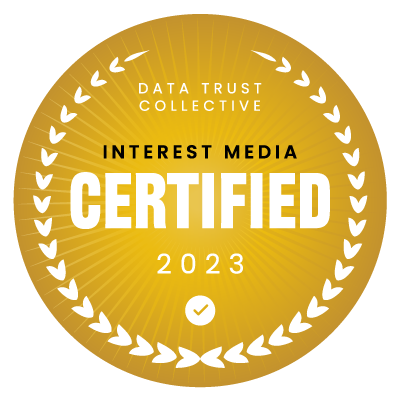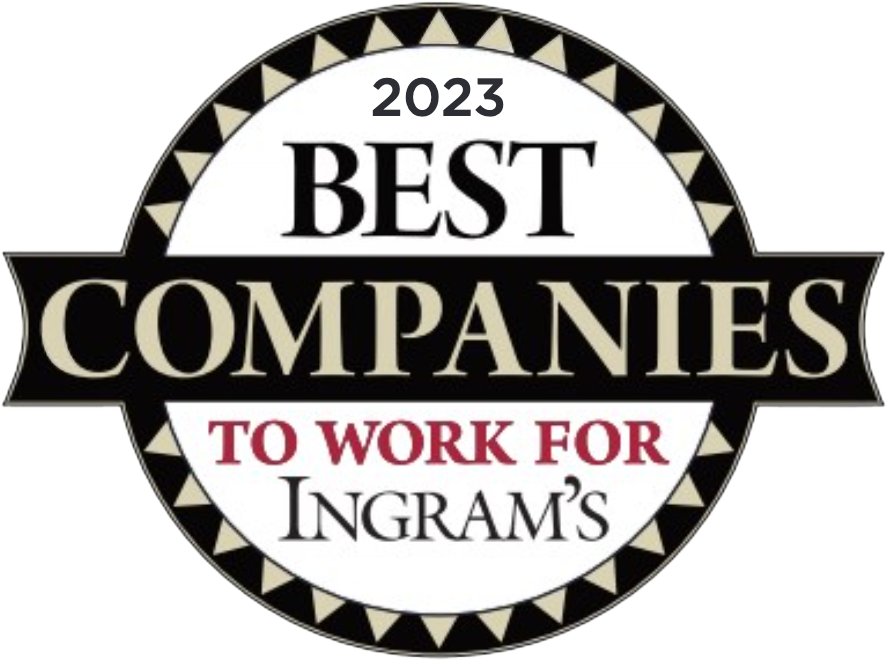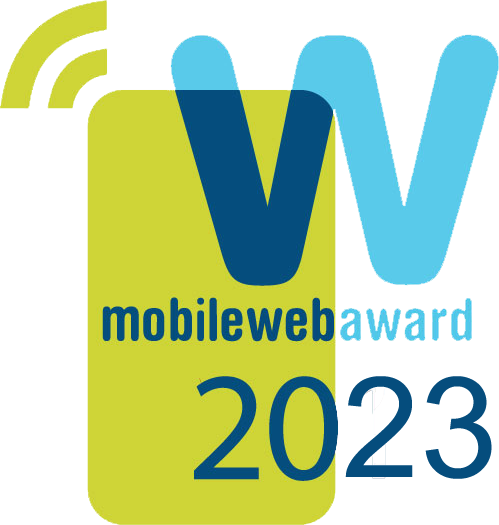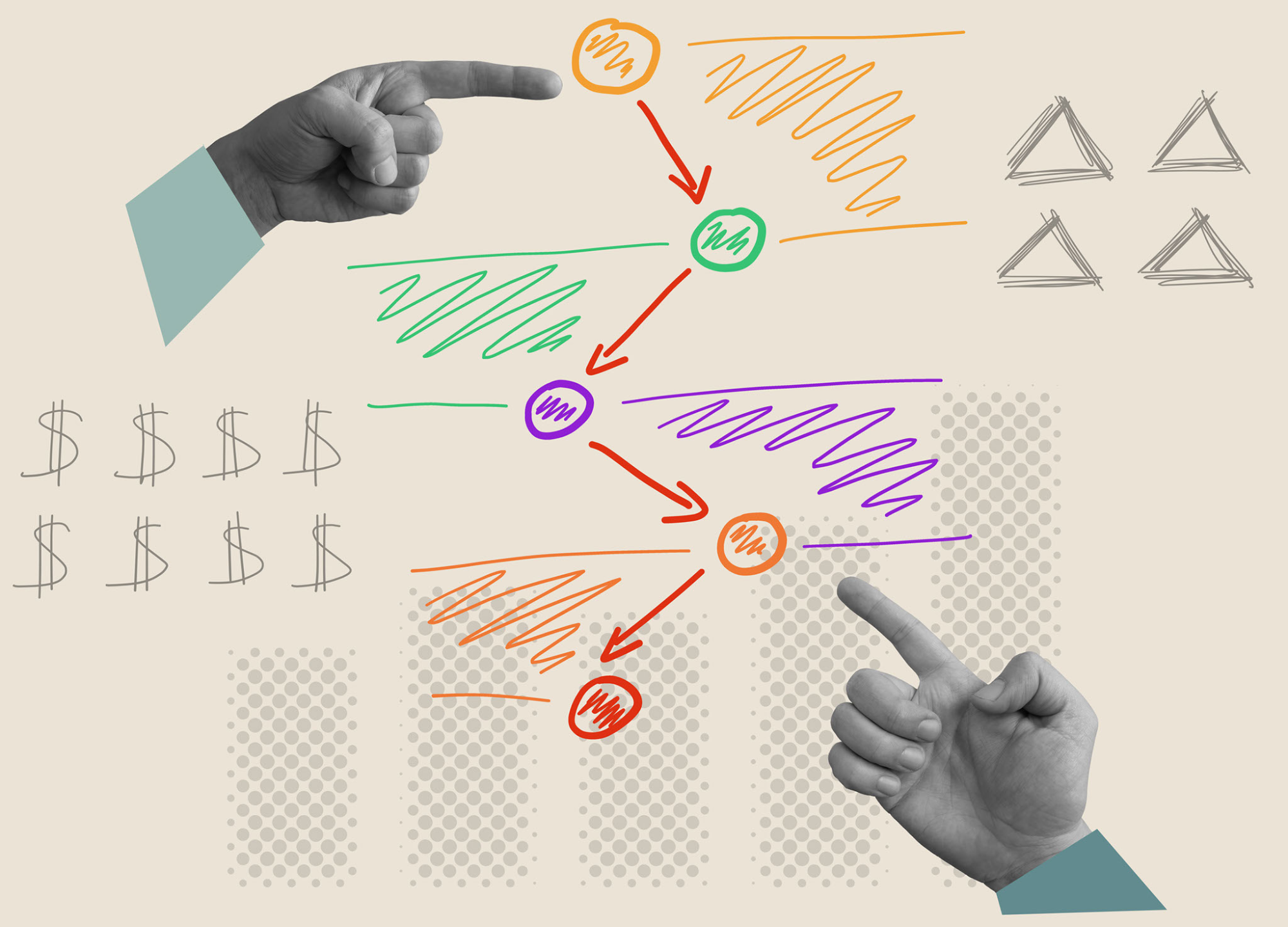
Combining a Buyer Journey Content Strategy with Intent-Based Marketing
In advertising, context is everything, and intent-based marketing enables advertisers to be far more effective with their campaigns by targeting consumers with the right content messages at the right time. Here’s how…
Getting Started
Intent-based marketing focuses on consumers in the decision stage of the buyer journey who show a clear intent to buy and eliminates those in the awareness and consideration stages who are not ready to make a purchase.
In this article, we will discuss how to focus your content strategy for the crucial decision stage and how to present your content in the proper context at the right time to convince your prospects to purchase goods or services.
We will start with an understanding of what intent-based marketing is and how it works, then outline how you can tailor your content to maximize your intent-based marketing efforts.
The New Paradigm of Intent-Based Marketing
An intent-based marketing strategy is an approach that focuses on understanding and targeting the specific intent or purpose behind a user’s search or online behavior.
This strategy aims to provide a more personalized, relevant, and valuable experience for users – ultimately driving higher engagement, conversions, and customer satisfaction. By understanding and addressing user intent, businesses can better connect with their target audience and increase the effectiveness of their marketing efforts.
In a nutshell, intent-based marketing focuses on those who have clearly shown an intent to purchase a good or service, while eliminating marketing efforts on those who are still at earlier stages in the sales funnel.
How Intent-Based Marketing Works
Intent-based marketing relies on two key factors:
(1) Powerful data that demonstrates clear user intention to make a purchase and can directly target those users who are already actively attempting to engage with a particular good or service. This data is collected from a variety of online behaviors.
(2) Starting “a real conversation” with users where they acknowledge “Yes, I’m highly interested in this particular offering.”
This user behavior is analyzed to determine the intent of potential customers and then tailor marketing efforts accordingly. Analyzation looks at search intent, keywords, and behaviors.
Marketing efforts focus on behavioral targeting, retargeting, and remarketing. Within this, marketing efforts use data and insights to deliver personalized experiences aimed at the individual’s intent.
Benefits Of Intent-Based Marketing
Here are a few ways intent-based marketing benefits advertisers.
Increased Engagement and Improved User Experience
“73% of customers expect companies to understand their unique needs and expectations.” –Salesforce State of the Connected Customer 5th edition report
Intent-based marketing is all about understanding where your prospects are in the sales funnel, and personalizing your messages to their needs and expectations.
One huge upside is that once intent-based marketing has established that a particular consumer is seeking a specific product or service, the interactions with advertising tend to be positive. This occurs because the user is being presented with advertising that aligns with a product or service they were already actively seeking. This increases engagement and improves the overall user experience.
More Efficient Use of Your Advertising Budget
All advertisers are seeking the most qualified leads they can get. Because intent-based marketing focuses on prospects who have already demonstrated an intent to purchase a particular product or service – you are targeting leads that are of superior quality. Thus, the overall results are significantly higher in terms of conversions. Intent-based marketing allows companies to maximize their advertising budgets.
Related Articles:
- Hubspot: What Is the Buyer’s Journey?
- Interest Media: From Clicks to Conversions
- Interest Media: Unlock the Secrets of Your Customers’ Minds
- Google Trends: Understand What People Are Searching
Aligning Your Content with Intent-Based Marketing
Now that you understand what intent-based marketing is and how it works, let’s explore some ways you can align your “buyer journey” content strategy with your intent-based marketing efforts.
Honing In On the Intent Phase of the Buyer Journey
To review: The buyer journey is typically divided into three stages: awareness, consideration, and decision.
To break that down into further detail there are six phases: Awareness, interest, evaluation, intent, purchase, and post-purchase.
In intent-based marketing, the focus is on the decision stage where customers have already demonstrated a clear intent to make a purchase.
With intent-based marketing, you want to focus on content creation for the decision stage.
Ensuring that your marketing efforts achieve your desired goal will require:
- Presenting your messages within the right context.
- Using decision-stage marketing to help potential customers make a purchase decision.
- Use offers to close the deal such as free trials, discounts, estimates, or guarantees.
Content Types to Use for the Decision Stage
The content you want to create to reinforce the decision stage of your strategy could include any or all of the following:
- Customer ratings and reviews
- Comparisons to other vendors
- Free trials
- Promotional offers and discounts
- Pricing pages
- Buyer and how-to guides
- Product FAQs
- Case studies
- Guarantees and warranties
Keyword Research for the Decision Stage
Do some keyword research to find the most used and/or best decision-stage short and long-tail keywords. You also may want to filter your search by transactional intent.
Some base keywords to start with might be:
- Buy
- Purchase
- Near me
- Coupon(s)
- Sale
- Discount
- Clearance
- Free trial
- Price
- Pricing
- Shipping cost
- [Your] Specific product and model numbers
Combining Base Keywords with Related Keywords
You will want to combine the above base keywords with any or all of the following related keywords and in combination with one another (depending on your particular type of product or service):
- Problem user is trying to solve [Example: eyesight/glasses]
- Product Type [Example: Weight loss supplements]
- Service type [Example: Lawn care]
- Your company name
- Product name [Example: Bug-away UV bug zapper]
- Model name
- Model number
Examples
Here are just a few of the many types of keywords and keyword combinations you can string together
- Buy + glasses online [problem user is trying to solve]
- Purchase + weight loss supplements [product type]
- Sale + glasses online
- Sale + glasses + near me
- Buy + Product name [Bug-away UV bug zapper]
- Coupons + Product name [Bug-away UV bug zapper]
- Free trial + product name
- Free trial + weight loss supplements [product type] + product name
Calls to Action (CTA)
Make sure to include a call to action (CTA) in all your decision content. Use a sense of immediacy if appropriate (Example: This offer ends soon). Use any or all of the following:
- Start your free trial
- Get a coupon
- Get a discount code
- Get an estimate / or / Get a free estimate
- Get a quote / or / Get a free quote
How To Deal With The Need For “Consideration-Stage” Refresher Content
Hopefully, by the time your prospect has entered the decision stage, they have already gathered enough information about the available solutions to make a decision.
Nonetheless, there could still be a need for a prospect to review some “consideration-stage” elements and this fact should not be ignored.
However, you don’t necessarily need to go over all these elements. You don’t want to clog up your content with information that isn’t focused on the decision stage, and you don’t want information overload.
Instead, meet this potential need by referring users to “consideration stage ” information through links to other content you have already created.
Users that need a recap can be linked to sources of:
- Case studies
- Video tutorials
- Comparison guides
- Product reviews
- White papers
- Webinars
- Podcasts
- Where they can go for a live demonstration of product or service features and benefits
Key Takeaways:
Intent-based marketing directly targets prospects whose actions and behaviors show they are in an “I want to buy” mindset.
Create content aimed at “sealing the deal” and getting them to purchase your products or services. To do this, your content must understand what it will take to get them to finalize their purchase decision.
The most common motivational triggers are free trials, discounts, estimates, and guarantees.
Intent-based marketing works best when combined with content that is perfectly matched and set in the right context and is shown at the right time.
Make sure to create content for your website pages and offer/landing pages that are aligned and in sync with the intent-based ads and offers you are promoting.
Make sure your content addresses all the objections they are likely to have that might forestall their purchase decision.
Do keyword research to find the most relevant short and long-tail keywords for your content.
Include calls to action to motivate your prospects to take immediate action.
Interested in Learning More?
Check out our Free White Paper on The Unbeatable Nature of Intent-Based Advertising or reach out to one of our brand promotion specialists! We pride ourselves on being able to bring advertising partners the exact consumers they’ve been looking for.





